Nov 6, Futaleufú to Coyhaique
In pouring rain, we began heading south, and the rolling hills reminded me of Vermont with dozens of sheep, cows and horses who met us at every turn alongside and in the middle of the roads, except for the occasion glimpse of high mountains (rather than hills), their peaks painted white with snow, Quickly the hills gave way to what appeared to be a canyon wall with steep rock cliffs rising up to the left of us and across the turquoise River Futaleufú to our right. We continued following the river along the winding gravel road and we couldn’t help pointing out each of the dozens of waterfalls cascading from at least 80 to 100 meters up. The river looked to Knox to be at least a rafting class III rapid, loudly roaring beside us as we drove on. (I looked it up: in fact, these rapids “range in difficulty from Class II to Class V+ …and each section offers a unique spread of difficulty.”) As we turned north to meet up with the famously scenic Carretera Austral (route 7), just as dramatically as earlier, the landscape changed again and felt almost jungle-like with tall, looming Dr. Seuss trees, and the up-side down alpines called Araucarias, and brambles, vines and large-leafed green plants with red cone-like flowers lining the now paved surface. The hard rain continued with an abundance of heavy, gray fog shrouding the mountains above us, only a few of which were visible, as we climbed countless switchbacks up and descended the other side, hill after hill. With the rain finally subsiding, we reached a serene, crystalline Lago Yelcho, supposedly framed by snowcapped peaks we could not see due to the bank of clouds and mist lifting off the water. And that was just the first hour of driving.
According to Google, The Carretera Austral “is the name given to Chile’s Route 7. The highway runs south for about 1,240 kilometers from Puerto Montt to Villa O’Higgins, passing through rural Patagonia.” Our itinerary takes us along only part of the route, and as the guidebooks profess, it is phenomenal in scale, scenery, etc. Literally, even in inclement weather, which followed us most of the way, every corner held some new, spectacular, indescribable vista. So, I will not even begin to try to describe our impressions of the following 6 hours of driving on the way to Coyhaique, the largest city in the region with a population of around 50,000 tucked up in the foothills of Mount Mackay. We arrived around 5 p.m. at Cinco Rios Lodge to a pleasant surprise. Because the fishing season has not yet begun, and the Lodge is a well-known angler destination, we were informed that we are the only guests and have the place to ourselves for two nights.
After a nap, we headed to the dining room where we were treated to a truly fine dining experience prepared by the lodge chef, Ricardo. During dinner, after admiring the unmatched view of Mount Cuatro Puntas, the manager introduced us to the owner, Sebastian, who has had two fishing lodges in this valley for 20 years. He has repeat (generally all from the US) guests and he treats them all like family, personally arranging the fishing trips according to each guest’s requirements. He emphasized that although the lodge is comfortable (it is!), the service they provide with professional guides and tours to unknown rivers with unmatched private access in the region is really their trademark.
Nov 7, Coyhaique and Surrounding Valleys
Sebastian suggested we take a short drive south into the rural valleys and surrounding farmland, including part of the Simpson River National Reserve (over 80,000 acres of protested land including numerous pristine rivers popular for fishing and rafting) to get a feel for the area. The rain persisted but there were some breaks in the clouds as we set out on a 2-hour tour through remote backroads, past dozens of small family farms and more (yes, more!) sheep, cows and horses. We passed Lago Atravasado on the way to the highlight of the day: a waterfall we encountered during a downpour as you’ll see in the videos.
The evening of the 7th, we were joined by Sabastian for cocktails and part of dinner, and he regaled us with numerous stories, including the origin of the term Patagonia (namely that Magellan in the 1500s encountered very tall, large natives with big feet (the original Big Foot?) who left larger than normal prints from wearing furs on their feet, thus making gigantic tracks; PATA -Gonia refers to the big feet. Sabastian also relayed his family history, of his Spanish grandparents settling in Coyhaique between the wars, among other stories and tales, a fascinating conversation!
PHOTO/VIDEO DUMP OF FUTAFEULU TO COYHAIQUE LEG IS HERE:
https://photos.app.goo.gl/UbjCYZu8aw1qn3oc9
Cinco Rios Lodge: exceptional in all ways. They treat you like family and literally accommodate your every need, plus excellent cuisine, and all meals are included. Spectacular views, and very comfortable beds.
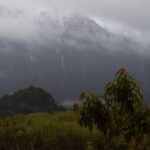
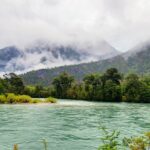
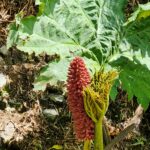


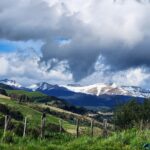
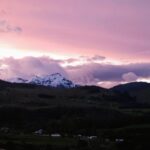

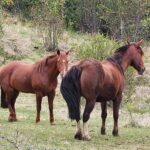
Beautiful!
Court, wonderful trip so far. How do you post all this stuff? Driving in the rain? How about fishing? Lodges? Have me excited. Maybe next trip. Hope your weather clears. Love to you both dad.